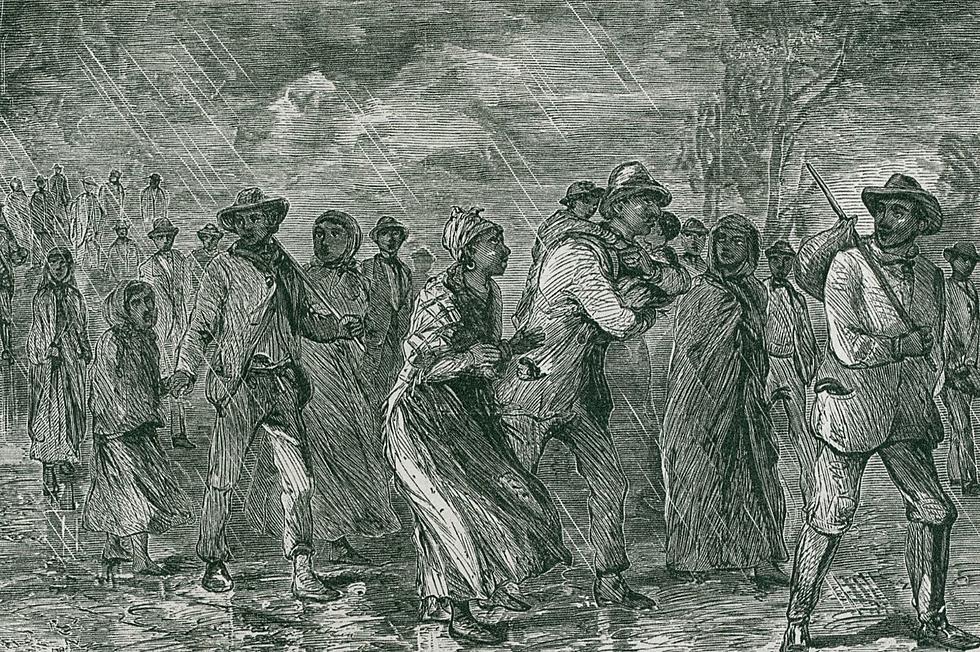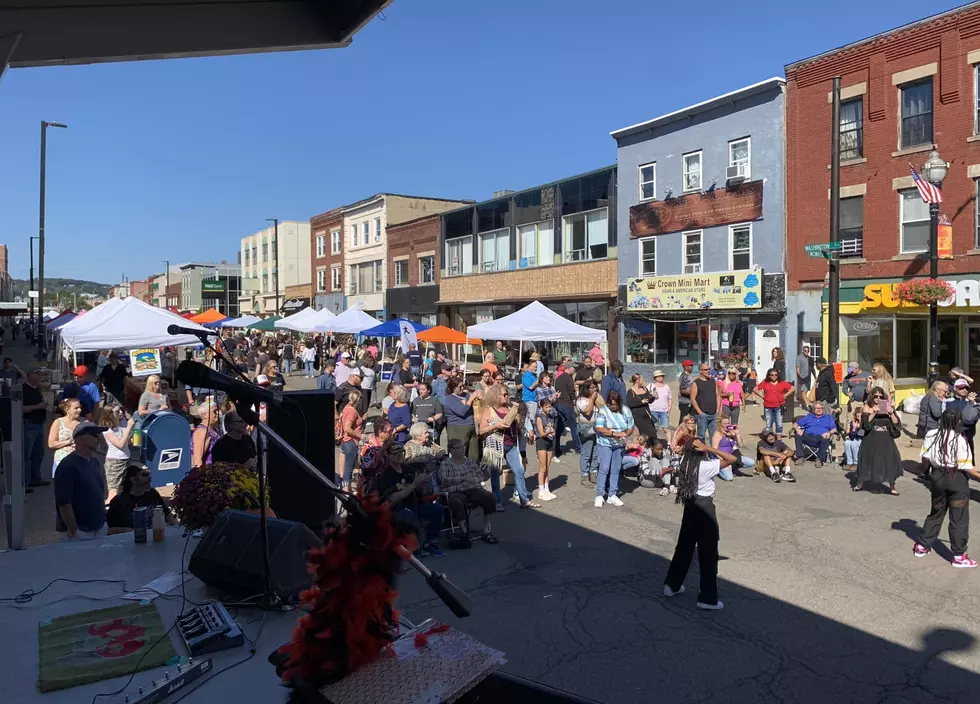
The Pivotal Role Binghamton Played in the Underground Railroad
Binghamton may be known now for being a university town and cultural scene. However, the city's rich history is often overlooked or unknown to many, including its role in the Underground Railroad.

In the mid-19th century, Binghamton played a pivotal role in the Underground Railroad Movement, with several stations and conductors active in the area. Through their bravery and determination, these individuals risked everything to help fugitive slaves escape to freedom.
The Underground Railroad Movement was a network of secret routes and safe houses used by African Americans escaping slavery in the South. The system's name came from the railroad metaphor, with terminology like "stations" for safe houses, "conductors" for those who guided freedom seekers, and "agents" for people who helped with the network's administration. The operation was illegal so its success depended on secrecy.
Historical records reveal that Binghamton and the surrounding counties were home to several Underground Railroad conductors, stations, and abolitionists who risked their lives to help fugitive slaves escape to freedom.
Johnson Jones, a free African American based in Binghamton, was one of the movement's most prominent conductors. Jones's dedication to the abolitionist cause earned him recognition within the local community and beyond. He continued his dangerous work even after the passage of the Fugitive Slave Law of 1850, which made it illegal to help slaves escape and required all citizens to turn in runaways.
In addition to Jones, there were other notable figures in the Binghamton area who fought tirelessly for the freedom of slaves.
Jervis Langdon, Mark Twain's father-in-law, was an outspoken abolitionist who used his wealth and influence to support the Underground Railroad. As the owner of a hardware store, he used it as a front and stockroom for abolitionist pamphlets and freed slaves' clothing. Langdon's efforts even caught the attention of former slave and women's rights advocate Harriet Tubman, who visited his home during her travels as a conductor.
Binghamton was also home to several safe houses, where freedom seekers could rest, change clothes, and receive food before continuing their journey to Canada. Among them was the Abraham Brokaw House, located in the neighboring town of Conklin. Brokaw, a white farmer, harbored several fugitive slaves in his home before helping them reach Canada. Though he knew the risks, he continued to offer his home as a sanctuary for all freedom seekers.
Today, Binghamton is still home to several historical plaques and markers that identify the city's contributions to the Underground Railroad Movement. There are also ongoing efforts to preserve the region's Underground Railroad history. The Binghamton Freedom Trail program, for example, installed historical markers at several sites visited by abolitionist conductors such as Harriet Tubman, Frederick Douglass, and Johnson Jones.
Then and Now of Businesses Around the Southern Tier
QUIZ: Where in the Southern Tier?
Gallery Credit: Olivia Sturgell
More From 98.1 The Hawk









